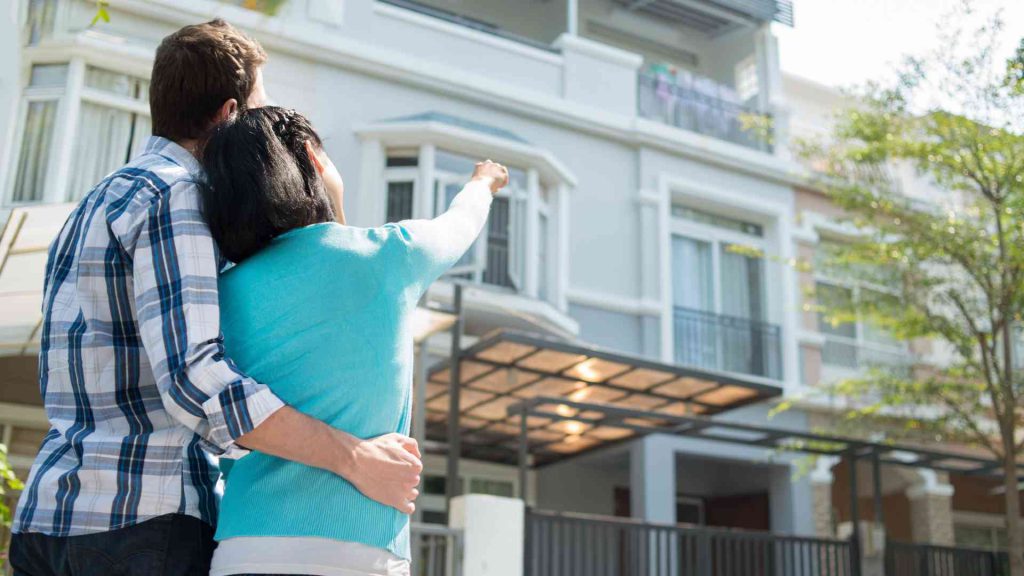Your home is probably your biggest investment. A Homeowners insurance policy will protect your investment and the people and possessions on the property. Before you can close on your mortgage you must provide you mortgage lender proof that you have obtained homeowners insurance coverage. There are various homeowners insurance policies, and they vary in what they do or don’t cover. We’ve created this overview to help you to identify what coverage you need.
What is covered by a standard homeowner’s insurance policy?
A standard homeowners insurance policy will typically include six different types of coverage: dwelling, personal property, liability protection, medical payments, and loss of use.
Dwelling covers the actual structure of your home and attached structures but does not include detached structures on your property.
Personal Property covers stand-alone structures on your property.
Liability Protection pays for medical expenses or lost wages in case someone gets injured on your property (doesn’t apply to you or a family member); pays for unintentional damage to property.
Medical pays treatment for someone injured on your property, pays if you, a family member, or a pet gets injured somewhere else.
Loss of Use pays for living expenses if your home is too damaged to live in while it’s being repaired.
What are the different types of homeowners insurance?
There are four types of homeowners insurance plans, each containing different coverage, but it proves beneficial to you to know the difference between each of these plans.
HO-1 Basic Form
This is the most basic form of homeowners insurance and covers damage to the structure of your home caused by ten perils. A peril is an event that can cause damage to your home. These perils are fire or smoke, explosions, lightning, hail and windstorms, theft, vandalism, damage from vehicles, damage from aircraft, riots and civil commotion, and volcanic eruption. This type of insurance isn’t as common anymore because people found out you could get much better coverage with other plans for just a slight price increase.
HO-2 Broad Form
Being a little more common than HO-1 Basic, this insurance policy covers damage to the structure of your home and personal property caused by 16 perils. The perils listed in this policy are falling objects, the weight of ice, snow, or sleet, freezing of household systems, accidental discharge or overflow of water or stream, sudden and accidental damage from an artificially generated electrical current, and sudden and accidental tearing apart, cracking, burning or bulging of pipes.
HO-3 Special Form
This type of insurance plan differs from the first two in that it is an open peril policy, meaning the policy covers any kind of peril unless the insurer excludes that peril. The plan covers damage to the structure of your home and personal property caused by open perils, lawsuits filed against you, and the costs of temporary relocation. HO-3 Special Form is the most common insurance plan because of its wide span of coverage and affordable price.
HO-5 Comprehensive Form
This insurance plan covers damage to the structure of your home and personal property caused by open perils, protection against liability lawsuits, and the costs of temporary relocation. This is the most expensive insurance plan but provides you with the most coverage. HO-5 policies are open peril for dwelling and personal property, while HO-3 policies are open peril for dwellings but named peril for personal property.
What are alternative home insurance plans?
There are alternative insurance plans for renters, condo owners, mobile homeowners, and owners of old or historic landmark homes.
HO-4 Tenant’s Form
This named peril policy is made specifically for those who don’t own the property where you live. HO-4 Tenant’s Form, commonly known as renter’s insurance, provides coverage for personal property, liability, medical payments to others, and living expenses resulting from loss of use. The same perils listed in HO-2 are covered in most renter’s insurance, including this one.
HO-6 Condo Form
If you are an owner of a condo, this insurance plan will provide you coverage for the building property, personal property, personal liability, and loss of use. HO-6 Condo insurance only covers the interior structure, while the condo’s master policy covers the exterior structure. Condo insurance is most known as a named peril policy, but you can get an open peril policy for a higher price.
HO-7 Mobile Home Form
This policy is created to protect the owners of these mobile homes:
- Modular homes
- Sectional homes
- Double-wide manufactured homes
- Single-wide manufacture homes
- Trailers
- Park model homes and RV’s
Under this open peril policy, coverage includes personal property, liability, detached structures, and dwelling.
HO-8 Older Home Form
This homeowners insurance plan covers homes that are 40 years or older. Because these homes are older, it becomes more expensive to repair and replace materials, which is why insurers want to make sure they provide you with protection against the costs. These named peril policies cover dwelling, personal property, liability, and loss of use. The named perils included in the HO-8 plan are those listed in the HO-1 policy.
What is not covered on a standard homeowners insurance policy?
Most homeowner’s insurance policies do not cover certain risks. However, you can still purchase separate coverage for some risks listed below.
- Flooding, including sewer and drain backup
- Earthquakes
- Windstorms
If you live in an area where these risks are more common, speak to your insurance company about adding these additional coverages to your original home insurance policy.




